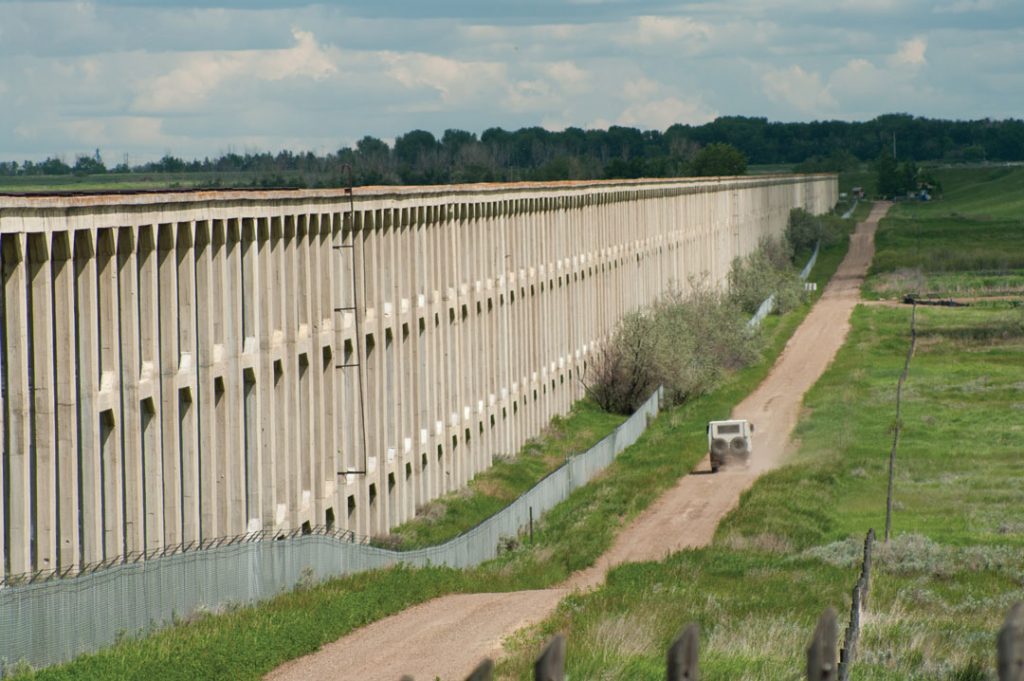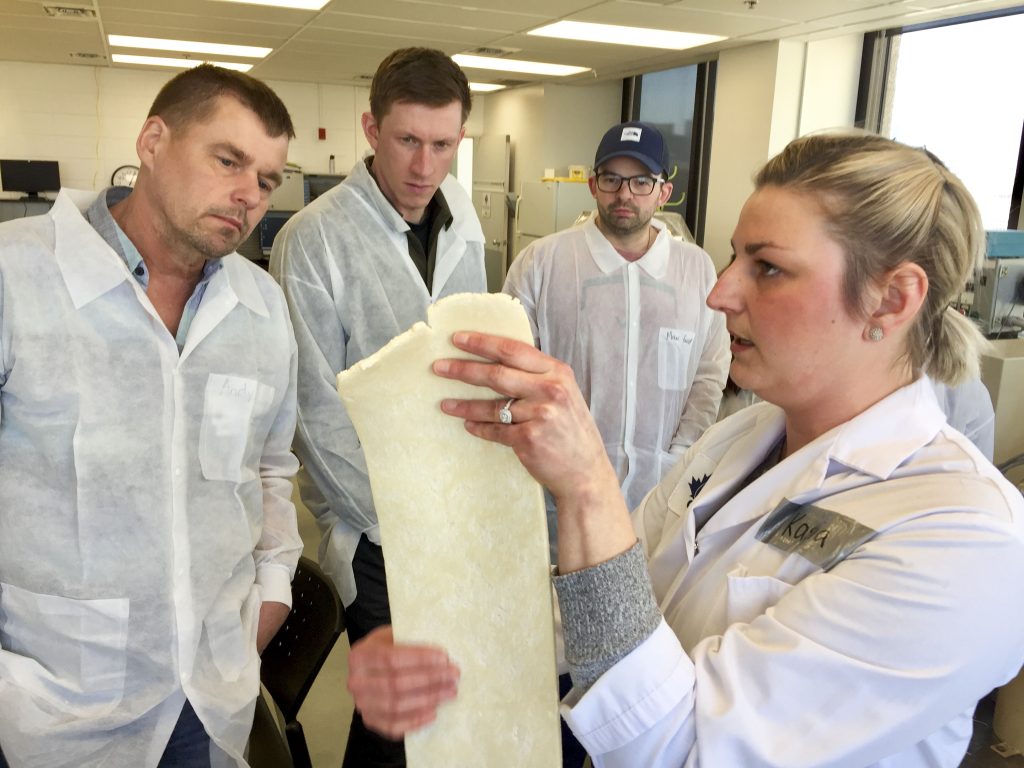BETTER, STRONGER, FASTER
A research project now underway at the Field Crop Development Centre at Olds College employs next-generation genotyping technologies to accelerate the improvement of feed and forage barley varieties and triticale forages. The work will also produce a genetic database that will be used in future breeding work.













